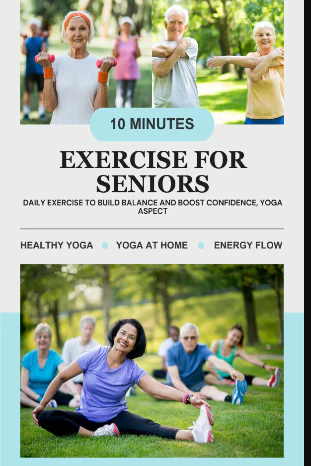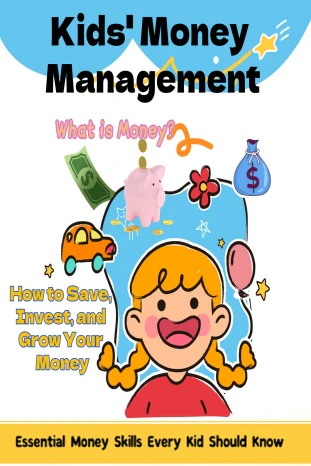Learning to Meditate and Making Peace with Yourself
Meditation is a mind-body practice that focuses on maintaining self-awareness and attentiveness. It encourages individuals to consciously observe their present experiences with a curious, open, and accepting attitude. Meditation has been widely used for interventions in conditions such as depression, post-traumatic stress disorder (PTSD), substance abuse, and chronic pain caused by cancer, with promising results. Numerous studies have demonstrated its positive effects in reducing stress, improving mood, and enhancing attention and memory.
There are various meditation techniques, with several common and easily accessible methods, including:
1. Observing the Breath
Breathing holds a central place in meditation, as it is a genuine, ongoing phenomenon of life. Observing the breath allows us to return to the present moment and experience life. Consistent observation can bring a sense of calm. When emotions are stirred, focusing on breathing serves as a safe haven.
Method: Observe the sensations as air enters and leaves the nostrils or notice the rising and falling of the abdomen. If concentration is difficult, silently say “in” while inhaling and “out” while exhaling. Do not try to control the breath; just observe it naturally.
2. Sensing the Body
Meditation requires the foundation of bodily sensations and experiences. Tuning into the body increases sensitivity and helps recognize a key principle: our thoughts, words, and actions are influenced by physical sensations. For instance, perceiving the world as unsafe often stems from feelings of insecurity, rather than reality.
Method: Throughout the day, take moments to feel your body, such as before sleep, upon waking, or during transitions. Gently notice your body’s sensations, whether pleasant or uncomfortable, giving them space.
3. Observing Thoughts
By observing our thoughts, we realize that thoughts do not define us; they are simply transient mental events. For example, “I am stupid” is different from “I notice that I am thinking I am stupid.” The latter provides more freedom.
We cannot directly follow thoughts, but we can observe the breath and notice when thoughts arise.

Other Meditation Techniques
- Following the Breath: Allow the mind to follow the natural flow of breathing without interference, synchronizing mind and breath.
- Counting the Breath: Count breaths from one to ten or more, counting either on the inhale or the exhale.
- Listening to the Breath: Focus on the sound of your breathing, letting go of other distractions.
- Watching the Breath: Like an observer, watch and feel the breath without judgment.
- Ceasing the Breath (Stilling): Practicing any of these methods over time will develop a calm, fine, and steady breathing pattern, referred to as “stilling” or “embryonic breathing.”
- Chanting or Zen Meditation: Recite phrases like “sitting by a small stream, letting the water flow” to evoke a tranquil setting.
- Relaxation Meditation: Mentally say “calm” when inhaling and “relax” when exhaling.
- Observing the Mind for Calmness: Allow thoughts to flow naturally without interference, leading to inner stillness over time.
Common Questions About Meditation
- What if I can’t stop my thoughts during meditation? Should I follow or suppress them?
It is normal to notice many thoughts when starting meditation. Some people give up because they cannot settle their minds. The key is to persist. When thoughts arise, do not follow or suppress them; gently refocus on the meditation guide or breath. With regular practice, the mind will gradually quiet, reaching a more balanced state of consciousness. - How can I control my thoughts when meditating outdoors or alone without guidance?
The simplest approach is to focus on your breath. Breathing is fundamental to life, and concentrating on it helps calm the mind. Even if thoughts arise, keep bringing your attention back to the breath, and with repetition, you will see progress. - With so many types of meditation, how do beginners choose the right one?
Meditation falls into two main categories: focused meditation (using mantras or guides) and Zen meditation (fully open, with no reaction to incoming thoughts). Beginners do not need to try all forms. Guided meditation with prompts or imagery is most suitable, as it helps achieve a state of focus quickly.
Choose a meditation method that allows you to enter a state of concentration effortlessly. That will be the one best suited for you.








